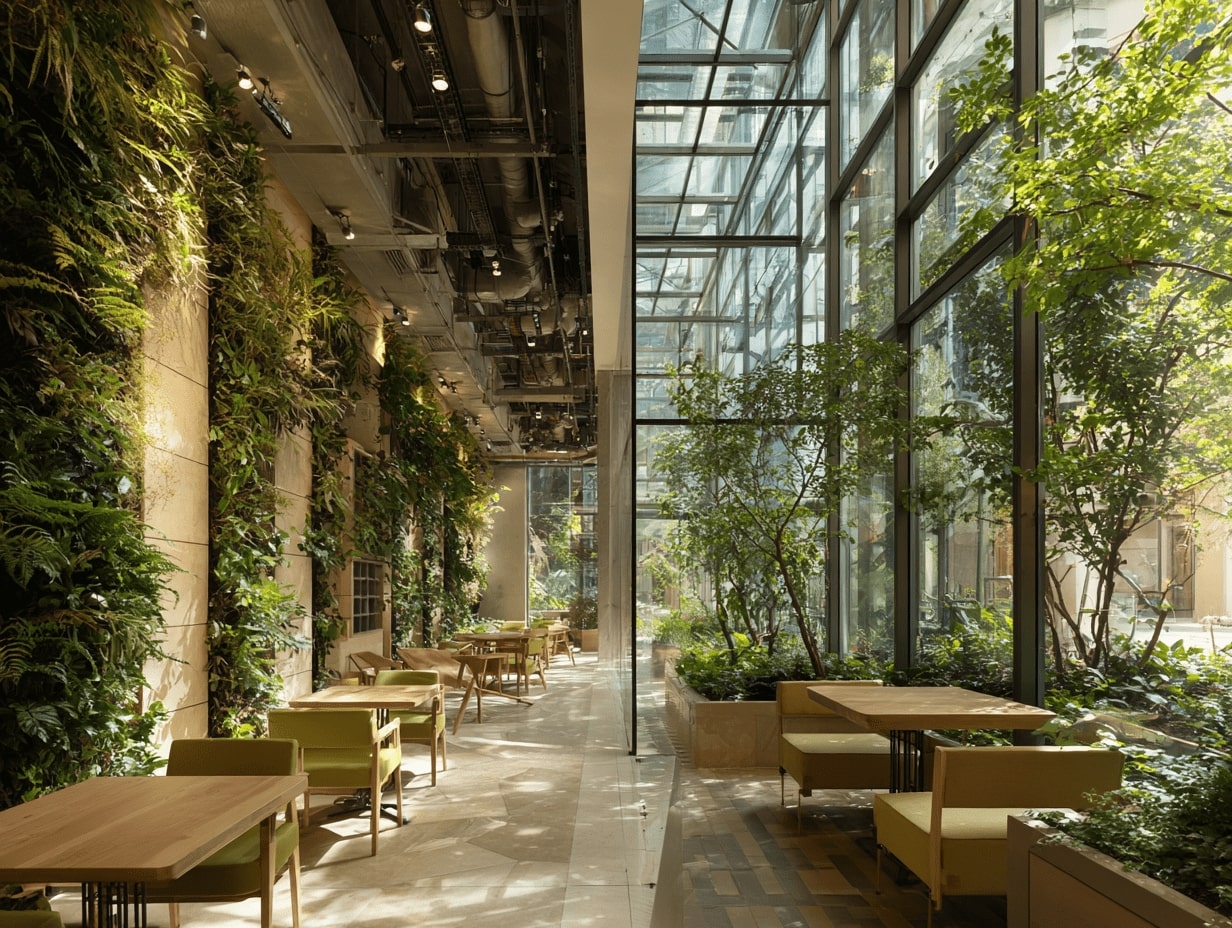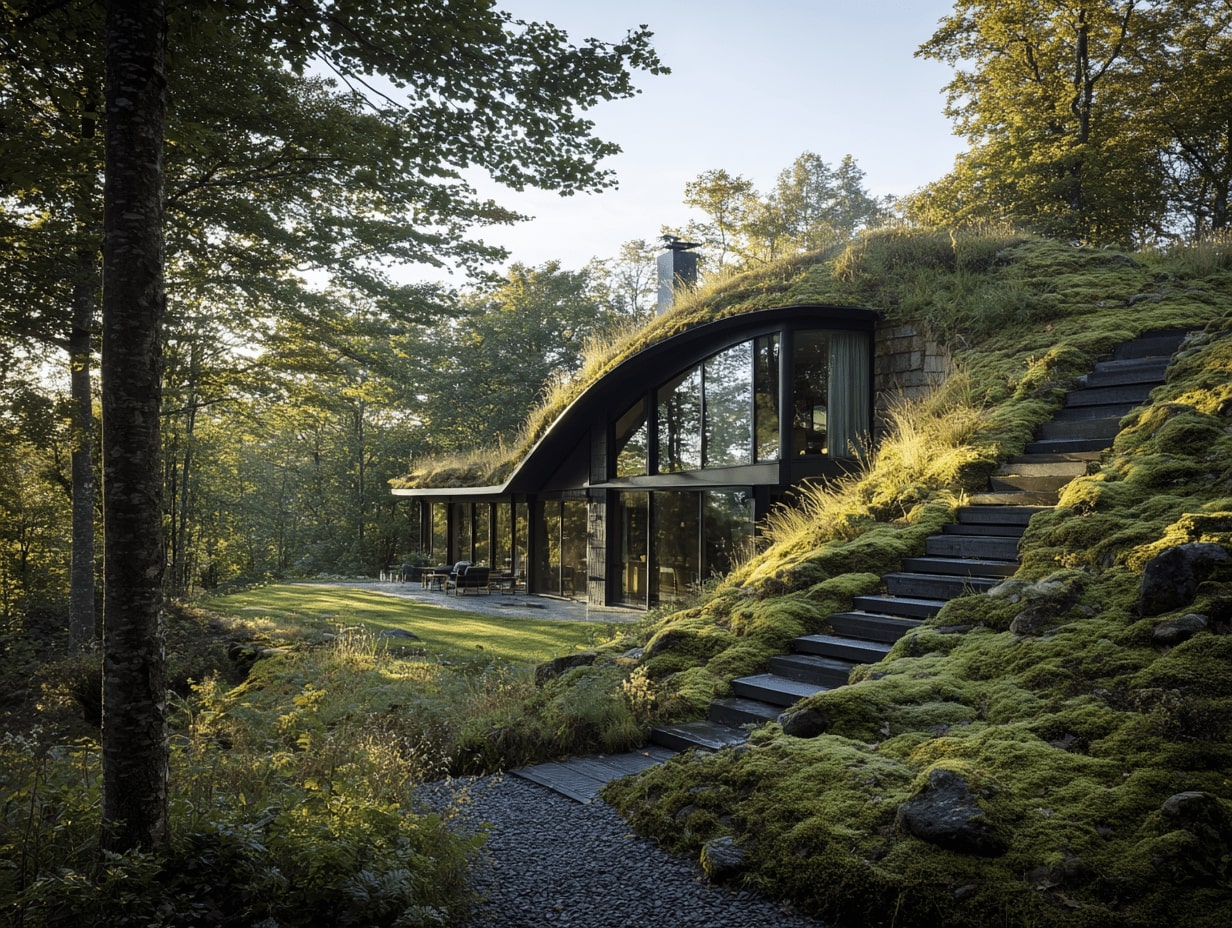- Home
- Articles
- Architectural Portfolio
- Architectral Presentation
- Inspirational Stories
- Architecture News
- Visualization
- BIM Industry
- Facade Design
- Parametric Design
- Career
- Landscape Architecture
- Construction
- Artificial Intelligence
- Sketching
- Design Softwares
- Diagrams
- Writing
- Architectural Tips
- Sustainability
- Courses
- Concept
- Technology
- History & Heritage
- Future of Architecture
- Guides & How-To
- Art & Culture
- Projects
- Interior Design
- Competitions
- Jobs
- Store
- Tools
- More
- Home
- Articles
- Architectural Portfolio
- Architectral Presentation
- Inspirational Stories
- Architecture News
- Visualization
- BIM Industry
- Facade Design
- Parametric Design
- Career
- Landscape Architecture
- Construction
- Artificial Intelligence
- Sketching
- Design Softwares
- Diagrams
- Writing
- Architectural Tips
- Sustainability
- Courses
- Concept
- Technology
- History & Heritage
- Future of Architecture
- Guides & How-To
- Art & Culture
- Projects
- Interior Design
- Competitions
- Jobs
- Store
- Tools
- More
Understanding Architects’ Vision: Shaping Sustainable and Iconic Spaces
Discover how an architect's vision shapes iconic buildings and urban spaces by blending creativity, functionality, and sustainability. This article explores the evolution of architectural design, highlighting historical influences, design philosophies, and the role of technology.

When we think about architecture, we often marvel at the stunning buildings that shape our cities. But behind every iconic structure lies an architect’s vision—a unique blend of creativity, functionality, and purpose. This vision not only defines the aesthetic appeal of a space but also influences how we interact with our environment.
Understanding an architect’s vision helps us appreciate the thought processes that drive design decisions. It reveals how they balance innovation with practicality, ensuring that each project serves the needs of its users while standing the test of time. Join us as we explore the significance of architects’ visions and how they transform our surroundings into inspiring works of art.

Table of Contents
ToggleUnderstanding Architects Vision
Architects’ vision plays a crucial role in defining the character of buildings and urban spaces. It encompasses the blend of creativity, functionality, and purpose that shapes user experiences and aesthetic outcomes.

Definition and Importance
Architects’ vision refers to their conceptual framework for designing spaces. This vision guides decisions about materials, layouts, and overall functionality. Understanding this vision is important because it highlights the intent behind design choices. For instance, a focus on sustainability might lead to the selection of eco-friendly materials and energy-efficient systems. The result enhances user comfort while promoting environmental responsibility.
The Evolution of Architects Vision
Architects’ vision has evolved significantly over time. Historical movements, such as Gothic and Modernism, influenced architectural philosophies and practices. For example, the Gothic vision emphasized verticality and ornate details, while Modernism prioritized simplicity and functionality. Currently, trends like biophilic design and smart architecture reflect contemporary concerns, integrating technology and natural elements into urban environments. By tracing this evolution, we see how changing societal values and technological advancements continually shape architects’ visions, enabling them to push boundaries and encourage innovative approaches to design.
Key Elements of Architects Vision
An architect’s vision shapes their design approach, combining aesthetics with functionality and sustainability. This vision manifests through various key elements, including design philosophy and sustainability considerations.

Design Philosophy
Design philosophy encompasses the core beliefs and values that guide an architect’s work. We see this philosophy as a fundamental aspect, influencing decisions on aesthetics, space utilization, and user experiences. For instance, some architects prioritise minimalism, focusing on simplicity and functionality, while others embrace expressive forms that showcase innovation and creativity – differences you’ll often see highlighted by Surry Hills architects.
Architects often draw inspiration from historical movements, such as Modernism or Bauhaus, integrating those principles into contemporary designs. Each design philosophy affects material selection, structural choices, and the overall emotional connection to the space.
Sustainability Considerations
Sustainability considerations play a crucial role in modern architectural vision. We recognize the growing importance of eco-friendly practices in reducing environmental impact and promoting energy efficiency. Architects incorporate sustainable materials, such as reclaimed wood and recycled steel, to minimize resource depletion and waste.
Additionally, architects design for passive solar energy use, optimizing natural light and ventilation to enhance comfort while reducing energy consumption. They often align with sustainable certifications like LEED (Leadership in Energy and Environmental Design) to guide the implementation of green building practices. By prioritizing sustainability, architects not only create functional spaces but also contribute positively to the environment and community well-being.
Influences on Architects Vision
Architects’ vision evolves through various influences that shape their designs and the built environment. Understanding these influences provides deeper insights into how architects approach their creative processes.

Cultural Context
Cultural context plays a vital role in shaping architects’ visions. Architects often draw inspiration from the history, traditions, and values of the communities they serve. Each geographic location presents unique cultural traits that guide design choices. For instance, architects designing in regions with rich historical backgrounds may incorporate local architectural styles or materials to create harmony between the new and existing structures. Additionally, cultural trends influence social interaction within spaces, prompting architects to design environments that foster community engagement.
Technological Advancements
Technological advancements significantly impact architects’ visions, facilitating innovative design approaches and sustainable practices. The adoption of Building Information Modeling (BIM) software enhances collaboration, allowing architects to visualize projects in three dimensions and streamline workflows. Furthermore, advancements in construction techniques, such as 3D printing and modular construction, enable architects to experiment with complex forms and materials previously deemed impractical. Incorporating smart technologies, like energy-efficient systems, supports sustainability goals while enhancing user experience. This integration of technology not only redefines architectural aesthetics but also maximizes functionality and environmental responsibility.
Case Studies of Successful Architects Vision
Examining successful architects’ visions through real-world examples highlights their innovative approaches and lasting impacts. We’ll explore iconic architectural works and the lessons learned from notable projects, demonstrating how their visions shape our experiences and environments.

Iconic Architectural Works
- Burj Khalifa, Dubai
Burj Khalifa stands as a testament to ambitious vision and engineering prowess. At 2,717 feet, it’s the tallest building in the world, crafted by architect Adrian Smith. The structure incorporates sustainable elements, like a condensate collection system for irrigation. Its design reflects local traditions while pushing the boundaries of modern architecture.
- Sydney Opera House, Australia
Designed by Jorn Utzon, the Sydney Opera House is a masterpiece of expressionist architecture. Completed in 1973, its sail-like structures symbolize the maritime culture of Sydney. The building balances aesthetic appeal with acoustical excellence, reinforcing the vision of creating a cultural landmark.
- Fallingwater, Pennsylvania
Frank Lloyd Wright’s Fallingwater integrates harmoniously with nature. The use of organic materials and open spaces blurs boundaries between indoor and outdoor environments. This iconic residence exemplifies the philosophy of designing in accordance with the site, creating a timeless connection to its surroundings.
- The Louvre Pyramid, France
I.M. Pei’s glass pyramid at the Louvre Museum redefines the entrance of one of the world’s largest art museums. The contrast of modern glass against historic architecture demonstrates an innovative merging of past and present. It enhances visitor experience while honoring the museum’s historical significance.
Lessons Learned from Notable Projects
- Value of Contextual Design
Successful projects reveal the importance of considering cultural and historical context. Architects who respect local traditions create structures that resonate with communities and enhance urban identity. Acknowledging the past fosters a seamless integration of new developments.
- Emphasis on Sustainability
Many notable projects prioritize sustainability, illustrating the sector’s shift toward eco-friendly practices. Incorporating green technologies and materials not only reduces environmental impact but enhances user well-being. Architects must embrace innovative solutions to create sustainable futures.
- Collaboration and Communication
Effective collaboration between architects, engineers, and stakeholders proves crucial. Open communication ensures that the vision translates successfully from concept to reality, aligning expectations and fostering innovation. Teamwork enhances project outcomes and addresses challenges proactively.
- Importance of Flexibility
Flexibility in design allows spaces to adapt over time. Notable projects showcase how anticipating future needs can lead to lasting functionality. Architects that incorporate adaptable elements contribute to the longevity of their designs while meeting evolving user needs.
Future Trends in Architects Vision
Architects’ visions for the future reflect ongoing trends that emphasize innovation and community involvement. These elements shape how spaces are conceived and constructed, ensuring they meet evolving societal needs.

Embracing Innovation
Innovation forms the backbone of contemporary architectural practices. Architects increasingly integrate cutting-edge technologies like virtual reality and artificial intelligence in their design processes, enhancing both creativity and efficiency. New materials, such as carbon fiber and self-healing concrete, provide architects with additional flexibility, enabling bold designs while ensuring functionality. Parametric design allows for intricate forms and responsive structures that adapt to environmental factors. By utilizing these innovations, architects push boundaries, creating dynamic spaces that anticipate user needs and environmental impact.
The Role of Community Engagement
Community engagement plays a crucial role in shaping architects’ visions. Collaborative processes involving local stakeholders ensure that designs resonate with community values and aspirations. Architects often conduct workshops and feedback sessions, allowing residents to express their perspectives and preferences. This approach fosters a sense of ownership and pride in the projects, leading to designs that are not only functional but also culturally relevant. By integrating local heritage and traditions, architects create structures that enhance community identity and cohesion. Moreover, the involvement of diverse voices in the design process leads to more inclusive and accessible environments, benefiting all community members.
Conclusion
Architects’ vision plays a crucial role in shaping the built environment, blending creativity with functionality. This vision reflects contemporary values, including sustainability and community engagement, vital for addressing modern societal needs. By examining historical movements and individual philosophies, we gain insights into the evolution of architectural design.
Key elements such as design philosophy and sustainability guide architects in their decision-making processes. These elements shape the aesthetics and usability of spaces, emphasizing the importance of materials and energy efficiency. As we analyze various influences, including cultural context and technological advancements, we appreciate their contributions to innovative design solutions.
Real-world case studies of iconic buildings illustrate the effectiveness of architects’ visions. Landmark projects like the Burj Khalifa and the Sydney Opera House exemplify how thoughtful design enhances user experience and environmental context. Lessons from these examples reveal the significance of collaboration and flexibility in the design process.
Looking ahead, future trends in architecture prioritize innovation and community involvement. The integration of advanced technologies and sustainable practices continues to redefine the architectural landscape. Engaging with communities ensures that designs resonate deeply, paving the way for inclusive and culturally relevant environments. Recognizing the impact of architects’ vision inspires us to value the transformative power of architecture in our lives.
- architectural visionaries
- architecture with environmental focus
- cutting-edge sustainable architecture
- eco-conscious architects
- eco-friendly building design
- energy-efficient design services
- environmentally friendly design
- green architecture firms
- green building strategy
- iconic architectural design
- iconic building design experts
- Innovative Architectural Solutions
- modern sustainable buildings
- renewable architecture
- sustainable architecture
- sustainable construction methods
- sustainable design consultants
- sustainable space planning
- sustainable urban development
- sustainable urban planning
Submit your architectural projects
Follow these steps for submission your project. Submission FormLatest Posts
Eco-Friendly Floor Coverings: Smart Choices for a Greener Home
Eco-friendly floor coverings made simple: discover sustainable materials, trusted certifications, and room-by-room...
What are Biodomes?
Biodomes are transforming architecture by blending ecological science with advanced design to...
The Quiet Revolution of Biophilic Design
Biophilic design is reshaping homes, workplaces, and cities—backed by evidence. Learn core...
Sustainable Solutions in Contemporary Architecture: From Passive Design to Clean Energy
Sustainable solutions in contemporary architecture: a practical playbook to hit net-zero, cut...












Leave a comment